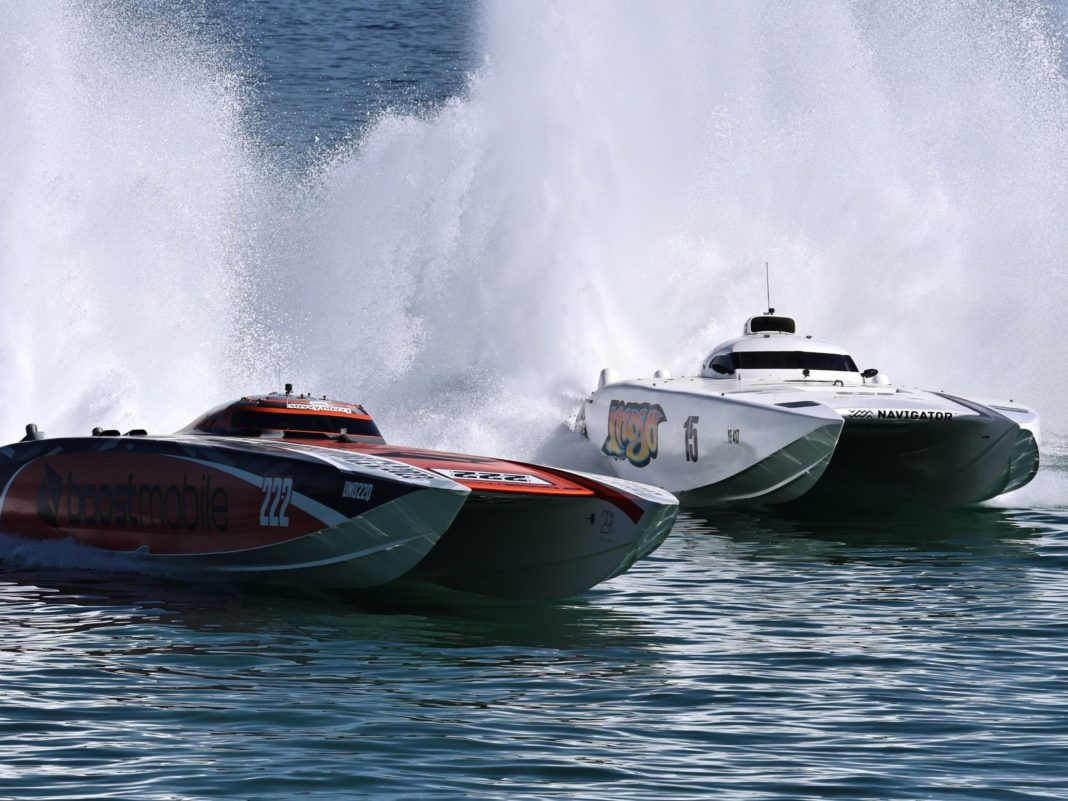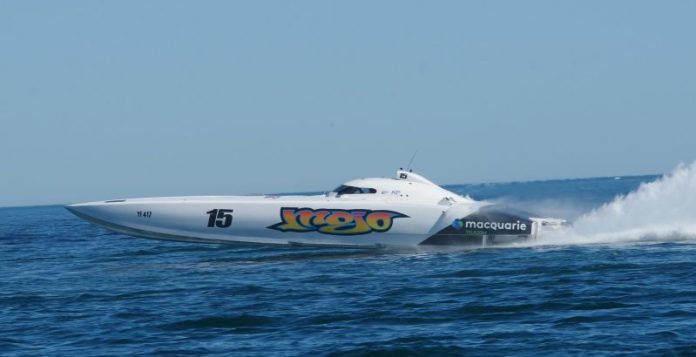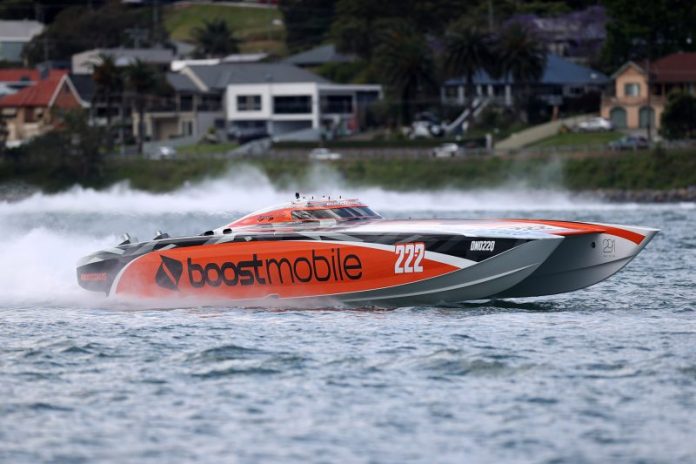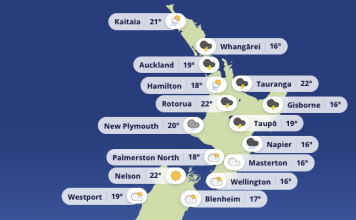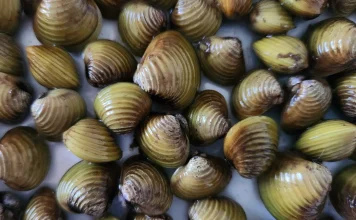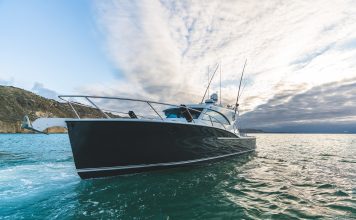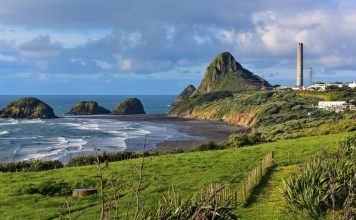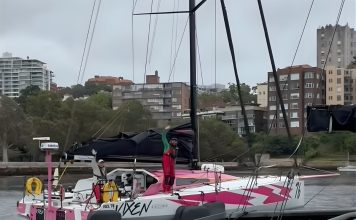A century of offshore racing
Australia’s passion for offshore powerboat racing stretches back more than a century. By the mid-20th century, informal offshore races were held regularly around Australia’s harbours and bays, attracting adventurous owners and builders pushing the limits of speed on water. In 1969 the Australian Offshore Powerboating Club was formed. The sport’s modern era began in 2007, when the Australian Offshore Superboat Championship was formally launched. Andrew and Steve Searle became the inaugural Class 1 champions, and since then the series has grown into the national stage for high-horsepower racing.
The story also runs across the Tasman. New Zealand hosted its first offshore powerboat race in 1964, a gruelling 100-mile event on Auckland Harbour. Today the NZ Offshore Powerboat Association (NZOPA) runs a multi-round national championship, and the two nations share a heritage of ocean-borne horsepower. In the 2025/2026 season, the NZOPA lists Auckland as one of its race venues.
New Zealand Offshore Powerboat Association launches 2025/2026 race season calendar
The Australian 2025/26 season calendar
The new season kicks off in October and spans four major venues across New South Wales, Victoria and South Australia. Each round delivers its own mix of water conditions, onshore festivities, and tight racing schedules.
Round 1 – Lake Macquarie, New South Wales (18–19 October 2025)
The season opens at Marmong Point on Lake Macquarie, tied to the popular Lake Mac Action Fest. The pit area will be based at Empire Marina, with six offshore championship races across the weekend. Saturday features back-to-back Sport 65 & 85 and Superboat races, capped off with a street parade where boats are towed under police escort to Toronto for a 90-minute display. Sunday sees three more races, including two for the Offshore Superboat Championship.
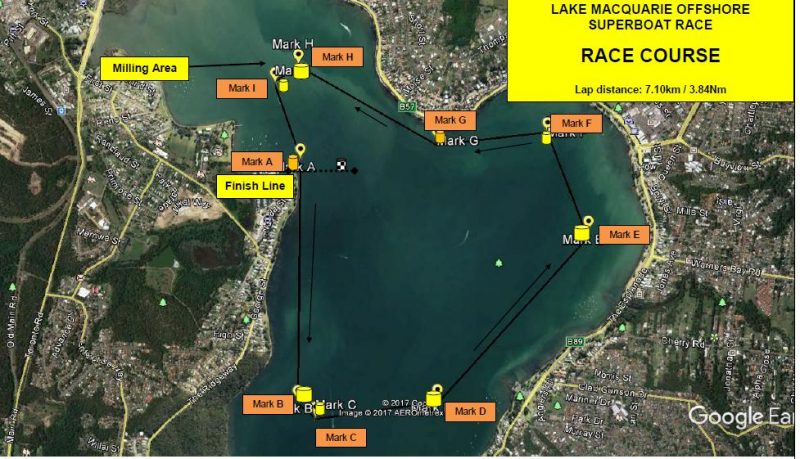
Round 2 – Wyndham Harbour, Victoria (21–22 February 2026)
The series then heads south for the Wyndham Harbour Challenge, run in partnership with the Australian Offshore Powerboat Club (AOPC). Held out of Wyndham Harbour Marina, this round will also host six offshore championship races, split evenly between Offshore Superboats and the Sport 65/85 categories. Spectators can expect tightly timed races from midday through the afternoon, with Sunday’s action culminating in the third Offshore Superboat Championship race.
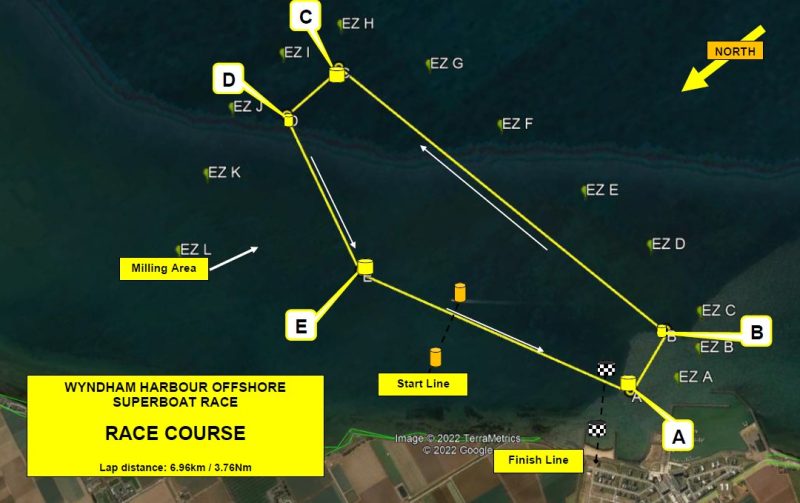
Round 3 – Geelong, Victoria (14–15 March 2026)
Geelong’s Corio Bay offers a natural amphitheatre for offshore racing, and the Superboats return to the foreshore for another two-day showdown. With the pit area at Steampacket Gardens, fans can get close to the boats and crews between races. The programme mirrors other rounds, with Sport 65/85 and Offshore Superboats alternating across Saturday and Sunday.
Round 4 – North Haven, Adelaide, South Australia (9–10 May 2026)
The championship concludes in Adelaide at North Haven, only the second time this venue has hosted the Superboats. Final race formats are still to be confirmed, but organisers plan for the familiar six-race structure split across Offshore and Sport classes, each running for 30 minutes.
The boats and classes
At the heart of the championship are four distinct racing classes, each with its own identity.
Supercat Extreme (Class 1 / 1000hp+)
The premier class, featuring the biggest and fastest boats in the series. These twin-inboard monsters pack up to 2000 horsepower combined, capable of blistering speeds and dramatic offshore racing.
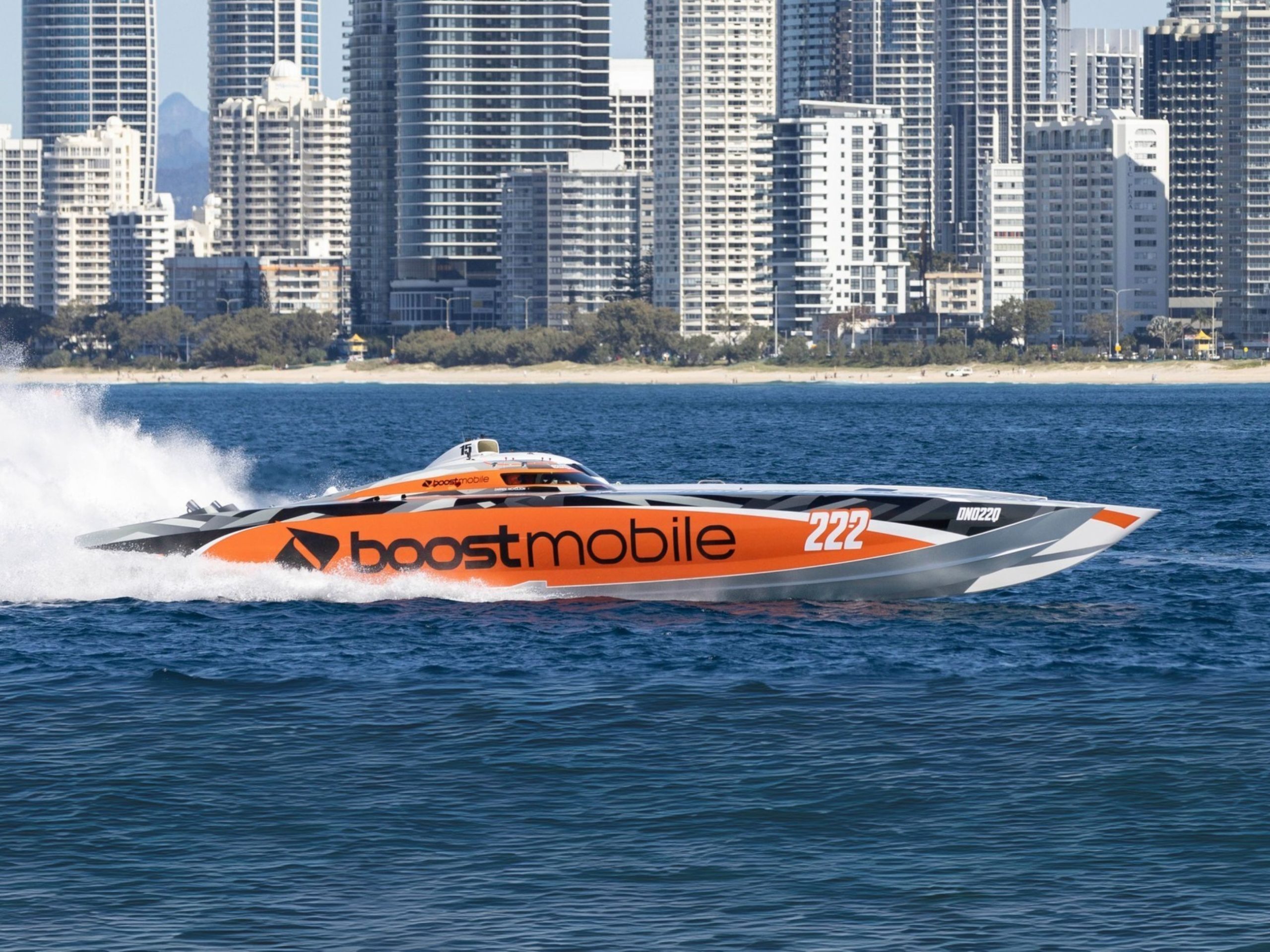
Supercat Outboard
Slightly smaller and lighter, powered by twin outboards. These boats are known for their agility and their tendency to produce close, tactical racing.

SuperSport 85
Restricted to 85mph, this class offers a balance of performance and cost, making it a popular choice for competitive family teams.
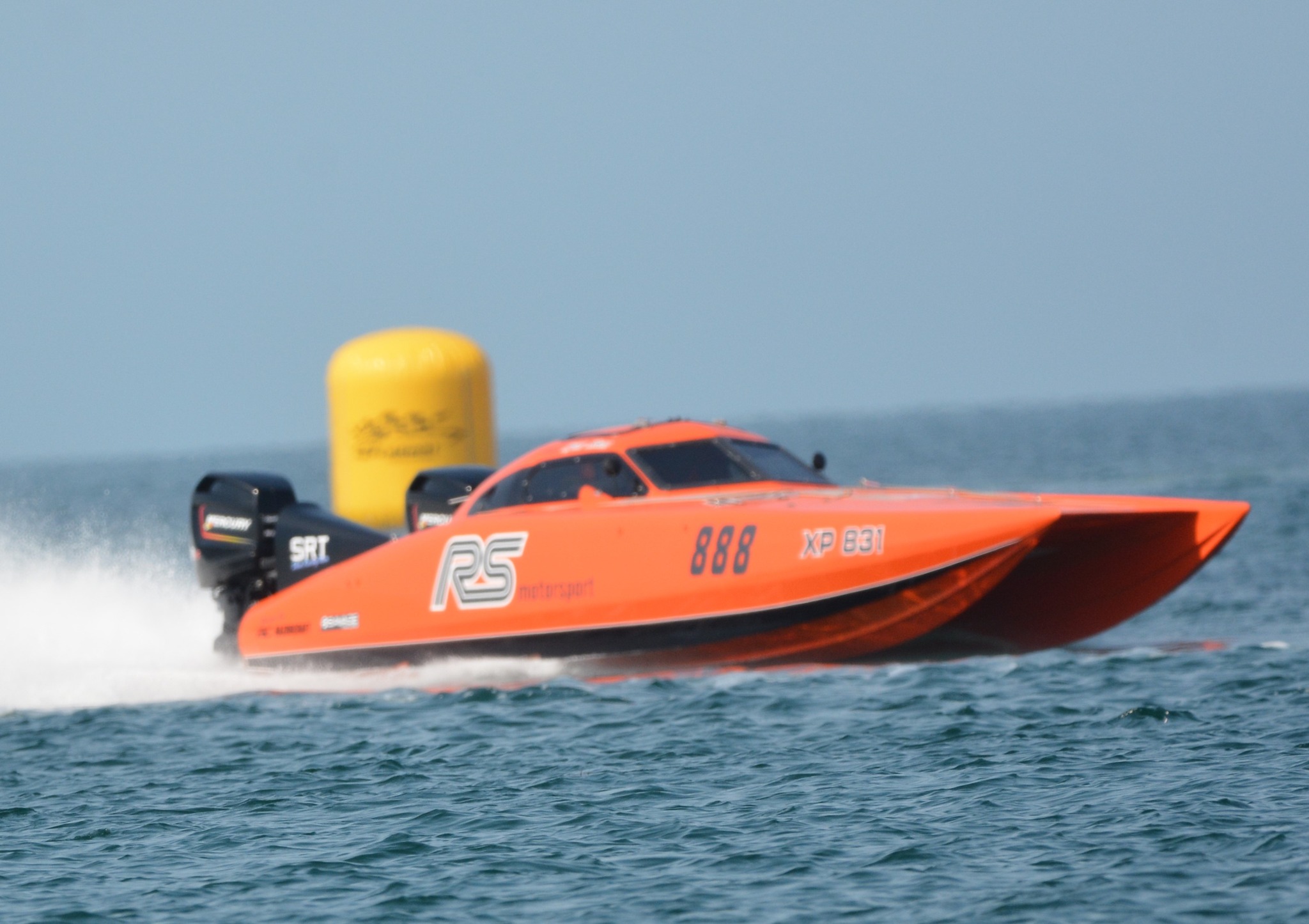
SuperSport 65
The entry-level category, capped at 65mph. It is a proving ground for grassroots teams and new talent, with smaller boats but plenty of action.
This class system ensures the championship caters to both elite teams chasing outright speed and family-run outfits racing on tighter budgets.
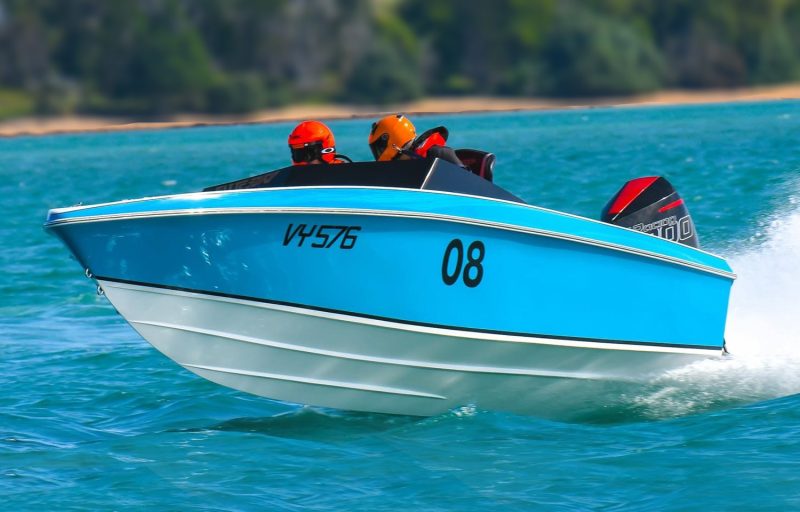
Champions and contenders
The championship has built a reputation for dynasties and rivalries. The Nicholson–McGrath partnership aboard 222 Offshore/Boost Mobile has been the dominant force in Supercat Extreme, taking multiple titles in recent years. Other names like the Kelly brothers, the Paczkowskis, and the Sutherlands have created family legacies across the Sport classes.
The 2024/25 season standings highlight the current form:
- The Mantis leads the Supercat Outboard class with 440 points.
- Nut Case tops SuperSport 65 with 377 points.
- The Colonel sits first in SuperSport 85 on 361 points.
Overall across all categories, Boost Mobile remains out front on 357 points, showing that Nicholson and McGrath are still the pair to beat.
With these crews returning, the 2025/26 season promises another year of intense title battles.
Maritimo Racing: legends of AUS1
No discussion of the Australian Offshore Superboat Championship is complete without Maritimo Racing. Based on the Gold Coast and founded by Bill Barry-Cotter, Maritimo has become the most successful team in the history of the series, claiming an extraordinary 16 national AUS1 championships. Their racing exploits feed directly into Maritimo’s production yachts, with lessons learned offshore finding their way into hull design, propulsion systems, and durability testing.
A tactical masterclass in 2017
In 2017, with Tom Barry-Cotter and Steve Jellick at the helm of Maritimo 12, the team entered the final round in Hervey Bay leading the championship. Rather than chasing outright wins, they played the long game. A trim issue forced them to throttle back in the first race, and they cruised to a safe third in both heats. Those steady results were enough to clinch their 15th national title, proving championships are won as much by strategy as by speed.
Williamstown grit, 2011
The 2011 finale at Williamstown, Port Phillip Bay, was run in rough conditions. Maritimo’s Mustang (driven by Tom Barry-Cotter and Pal Virik Nilsen) had enough points to secure the Class 1 title even without winning on the day. That consistency highlighted Maritimo’s ability to manage risk when conditions turned against them. Another Maritimo-built entry, Mainlube Express, claimed a podium, showing the depth of engineering in the stable. (Ironically, this is a similar decision that Kiwi Hydroplane racing legend, Ken Lupton, is having to make this year; with the potential of enough points, would it be advantageous to compete in the final race of the season? Or is it better to maintain and reduce risk?)
The two-boat gamble
In 2017, Maritimo expanded to run two boats: Maritimo 12 with Barry-Cotter and Jellick chasing the title, and Maritimo 11 with Ross and Andrew Willaton, used as a development platform. Though 11 hit trouble early, it still delivered valuable data for the team’s future designs, including the development of the R36 raceboat—a more affordable entry-level cat designed to broaden the sport.
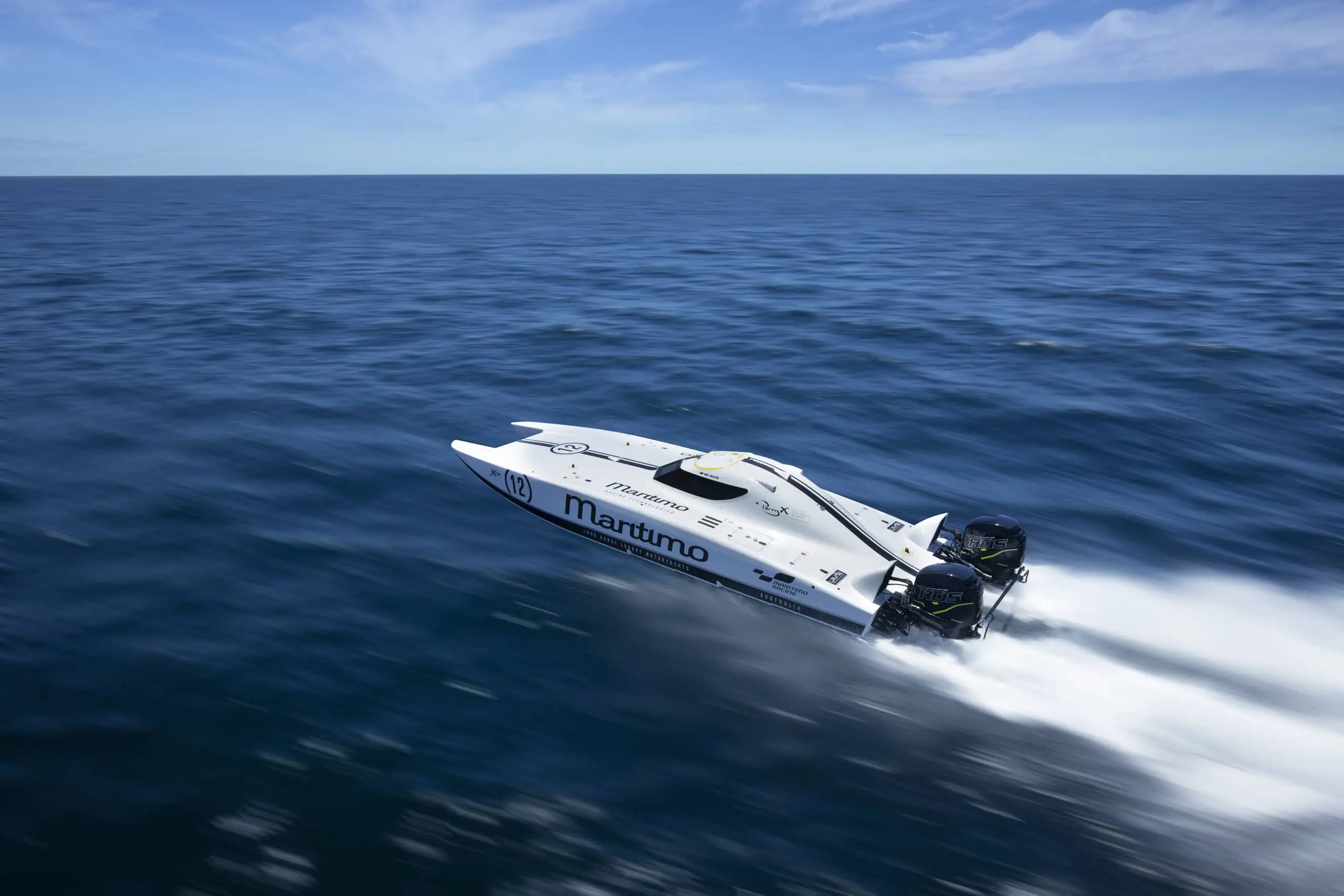
High drama in Key West
Maritimo also took their Australian know-how to the world stage. At the 2016 Key West World Championships, they were leading when a steering hose failure at over 120 mph sent the boat spinning violently, damaging the tunnel tab. It was a dramatic setback, but the team rebuilt and returned stronger—illustrating their trademark resilience.
The spectacle – what fans can expect
For spectators, offshore racing delivers a unique thrill. The races are close to shore, allowing crowds to see and hear the boats at full noise. Events like Lake Macquarie’s street parade bring the machines into town, while foreshore pits at Geelong and Wyndham Harbour let fans meet drivers and throttlemen up close.
Typical fields feature 20 or more boats across the classes, with the entry-level SuperSport 65 regularly fielding around nine boats on its own. The combination of variety and horsepower ensures there’s no shortage of drama, whether it’s the Extreme cats battling for line honours or grassroots teams fighting every inch in the Sport categories.
Looking ahead
The Australian Offshore Superboat Championship 2025/26 continues a lineage that began even before the inaugural Championship in 2007 and has carried through to modern dynasties like Maritimo Racing. With four major rounds confirmed, the return of past champions, and a mix of grassroots and professional teams, this season has all the ingredients to be one of the most competitive yet.
From the roar of the Lake Macquarie street parade to the spectacle of Geelong’s foreshore, offshore racing in Australia remains one of motorsport’s most visceral experiences. As the new season approaches, fans and crews alike will be counting the days until October, when the action begins again.








